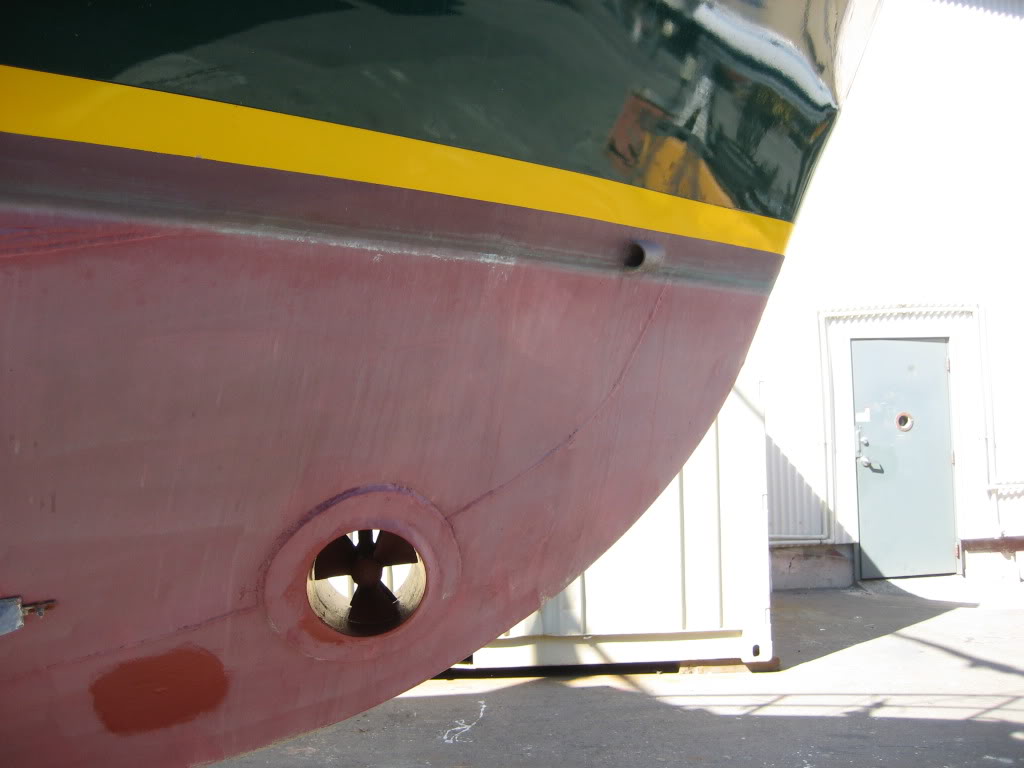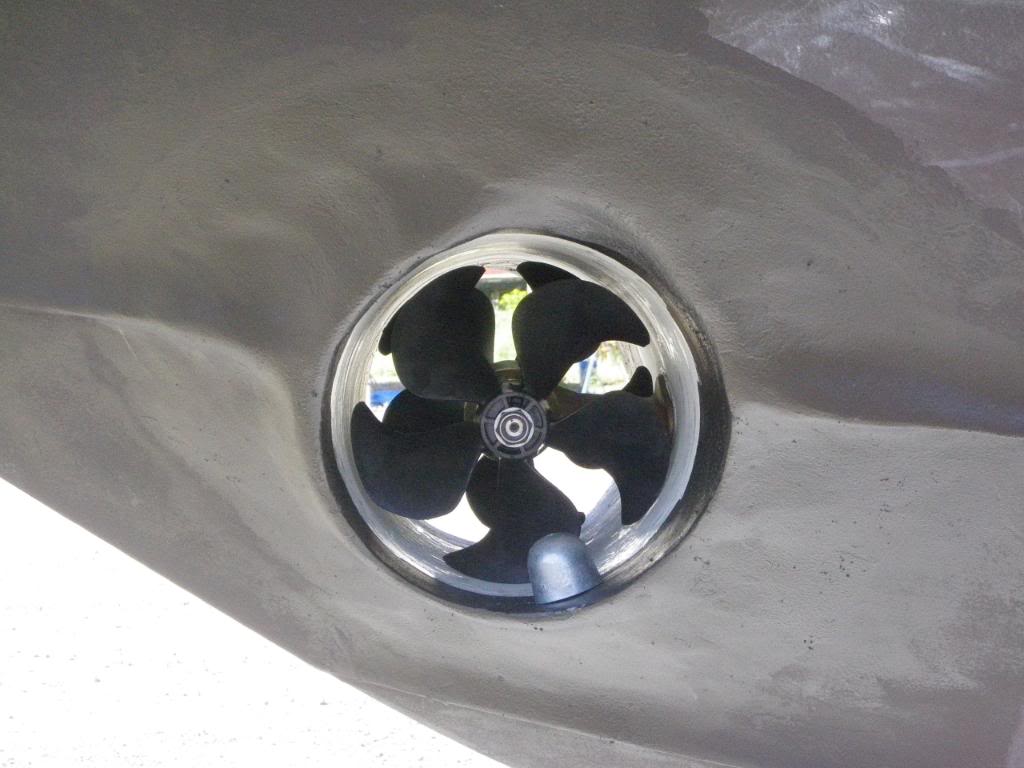Dixie Life
Senior Member
Ready to make the move on installing a bow thruster. But everyone gives different advice. So I'm turning to the pros. Here goes; A- how much speed will I lose do to extra drag (41', single, full displacement, 7.5kts @ 1800RPM) B- if I go hydraulic can I later use the system for my future plan to install a hydraulic steering system.



